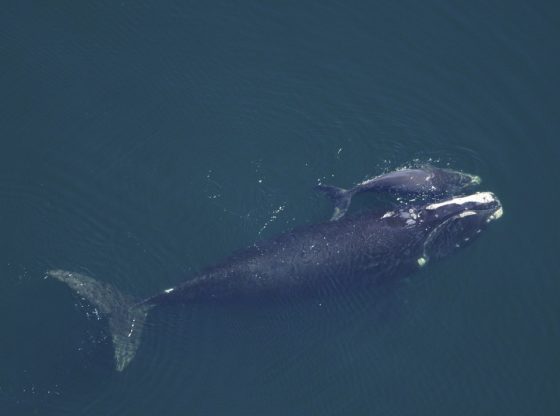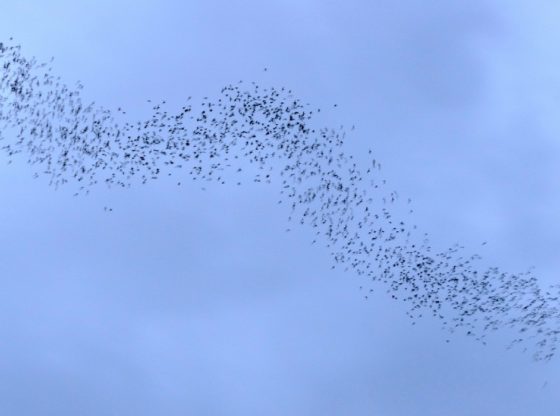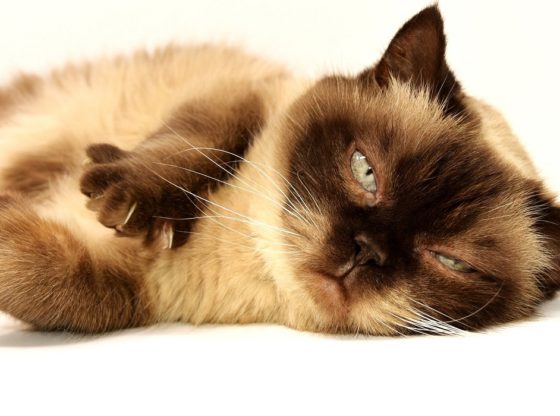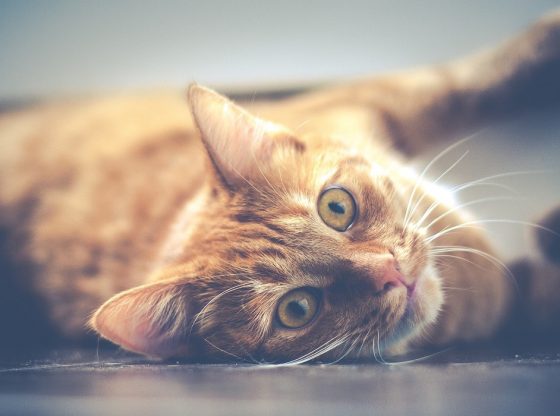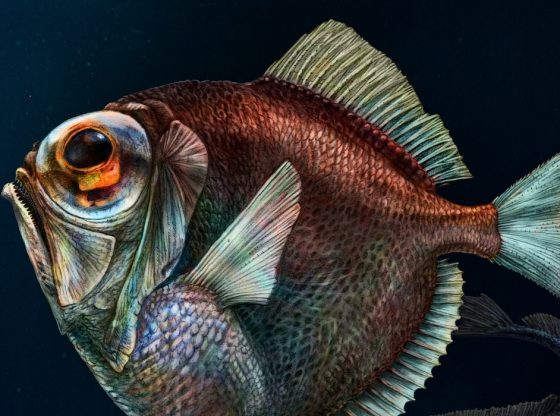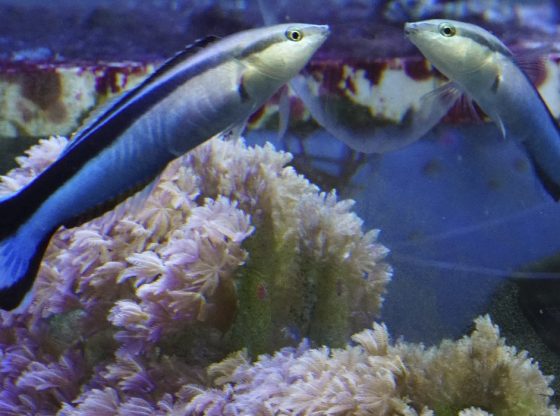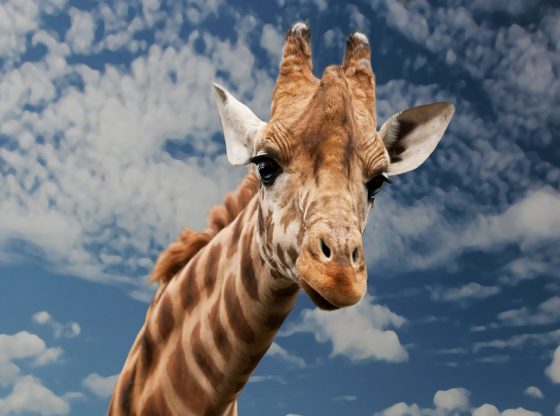
Russian scientist uncovered seeds that were once hidden away by chipmunks some 30,000 years ago. And has ever since been protected by permafrost deep underground.
The seeds were found 38 meters deep on the ground, in a fossilized chipmunk den. The scientists managed the seemingly impossible and make the flower seeds shoot and then bloom.
They then noticed how they appeared differently than those flowers of the same sort still around today. And this offers insights into how evolution change plants.
This is the first time seeds this old have been made to sprout and bloom. Canadian researchers previously held the record having regenerated some significantly younger plants from seeds thousands of years old.
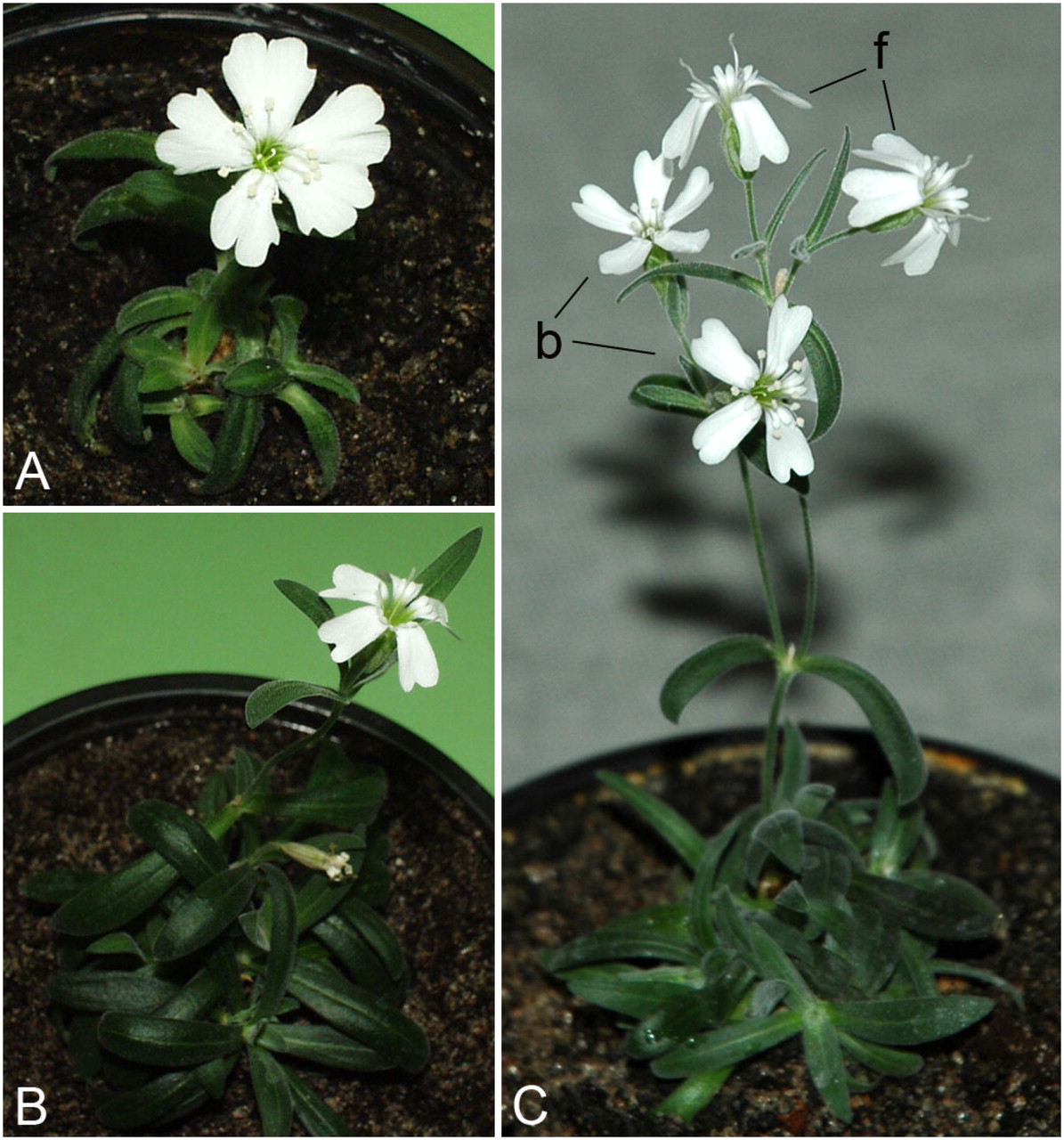
The research may open up for more discoveries of protected plants hidden in the permafrost. “We consider it essential to continue permafrost studies in search of an ancient genetic pool, that of pre-existing life, which hypothetically has long since vanished from the earth’s surface.” study author Svetlana Yashina writes. The research was done by Svetlana and her team at the Institute of Physicochemical and Biological Problems in Soil Science, Russian Academy of Sciences.
These Russian flowers should be the oldest multicellular organisms alive today.
The study Regeneration of whole fertile plants from 30,000-y-old fruit tissue buried in Siberian permafrost has been published in the Proceedings of the National Academy of Sciences.
_______________
Regeneration of whole fertile plants from 30,000-y-old fruit tissue buried in Siberian permafrost
______________________________


